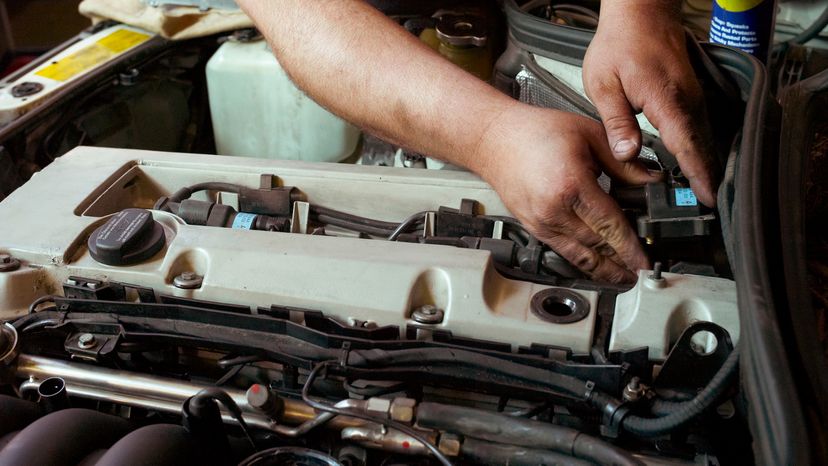How Car Engines Work
It's the reason you can put the pedal to the metal and go from zero to 60 in about 8 seconds. The car engine is a piece of engineering genius and one of the most amazing machines we use on a daily basis. Learn how the four-stroke internal combustion engine works.
How Diesel Engines Work
Ever wonder what the difference is between a gasoline engine and a diesel engine? Diesels are more efficient and cheaper to run than gasoline engines. Instead of using carburetion or port fuel injection, diesel engines use direct fuel injection. Find out what else makes diesel engines different!
How Hemi Engines Work
The HEMI engine has an awesome design and great performance, and it's pretty unique in operation. With the revitalization of the HEMI in the 2003 Dodge trucks, industry and consumer attention is once again on this interesting configuration. Check out how the HEMI works and see what makes it different from the typical engine design.
How Rotary Engines Work
A rotary engine is an internal combustion engine, but it's not like the one in most cars. Also called a Wankel engine, this type of engine performs intake, compression, combustion and exhaust in a different part of the housing. Learn about the unique rotary setup and how it compares performance-wise to a piston engine.
How Radial Engines Work
Radial engines reached their zenith during WWII. But today they are not that common. One place where you can still see the radial engine's influence is in the two-cylinder engine of a Harley-Davidson motorcycle. This remarkable engine can be thought of, in a way, as two pistons from a radial engine. Find out about radial engines.
How Quasiturbine Engines Work
The quasiturbine engine takes the Wankel concept and improves on it: Instead of three combustion chambers, it has four, and the setup of a quasiturbine allows for continual combustion. That means greater efficiency than any other engine in its class. Learn about the quasiturbine and why it might be the most promising internal combustion engine yet.
How Camshafts Work
The camshaft has a huge effect on engine performance. It helps let the air/fuel mixture into the engine and get the exhaust out. Learn all about the camshaft and how a new one can radically change an engine's behavior.
How Superchargers Work
Since the invention of the internal combustion engine, automotive engineers, speed junkies and race car designers have been searching for ways to boost its power. One way is by installing a supercharger, which forces more air into the combustion chamber. Learn how superchargers can make an engine more efficient.
How Turbochargers Work
When people talk about race cars, or high-performance sports cars, the topic of turbochargers almost always comes up. Turbochargers use some very cool technology to make an engine more powerful, but the concept is really quite simple. Find out how turbos increase the speed.
How Fuel Injection Systems Work
The last carburetor-equipped car came off the assembly line in 1990. Since then, fuel injectors have been the primary means of getting gasoline into the engine cylinder so it can combust and you can drive. Find out how fuel-injection systems work.
